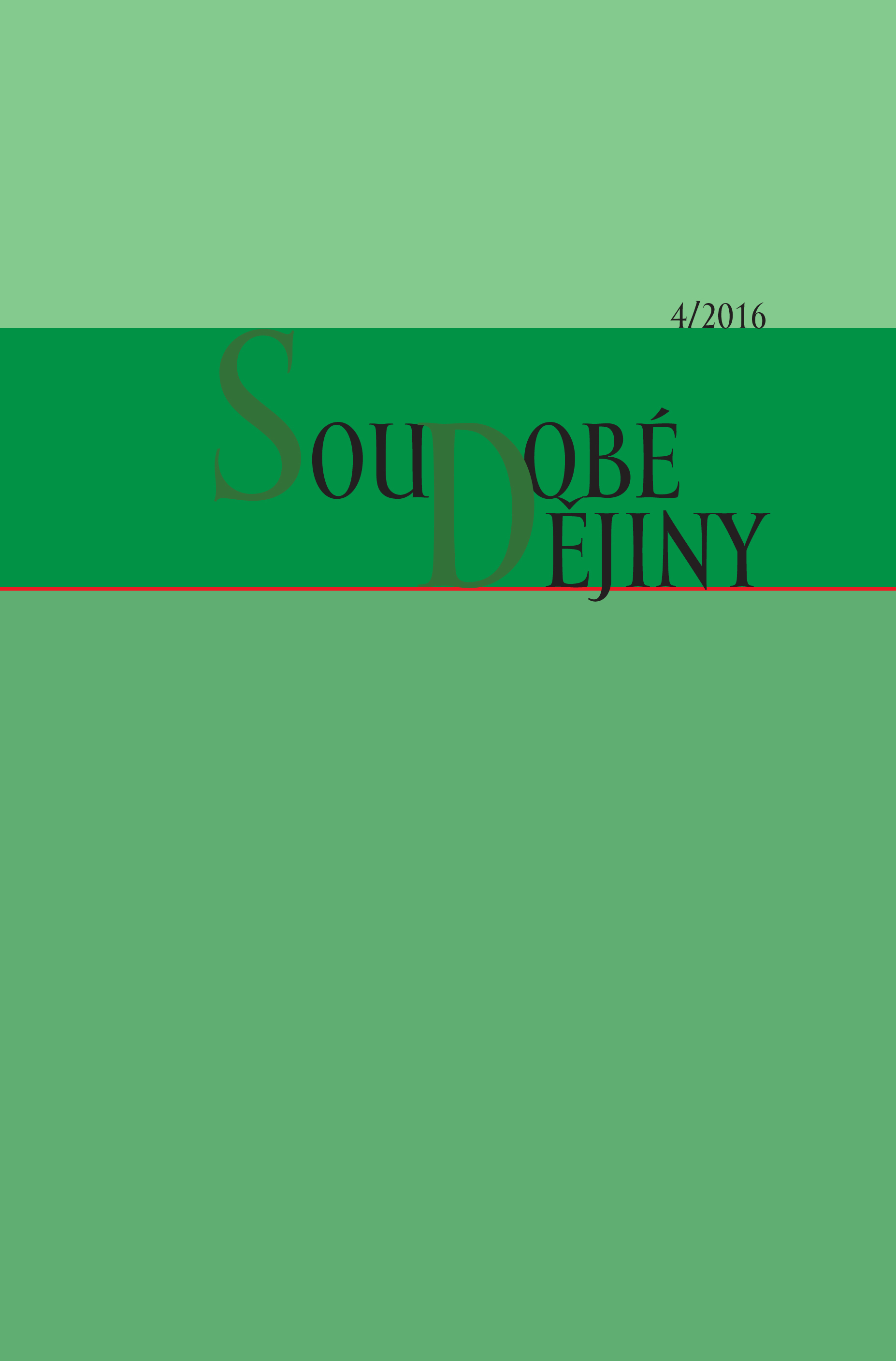Mezi slovanskou vzájemností a orientalismem
Between Slav Reciprocity and Orientalism
The Depiction of Carpathian Ruthenia, the Land and Its People, in Czech Journalism of the 1920s
Author(s): Stanislav HolubecSubject(s): History, Cultural history, Interwar Period (1920 - 1939)
Published by: AV ČR - Akademie věd České republiky - Ústav pro soudobé dějiny
Keywords: Carpathian Ruthenia;Czech journalism;Czechoslovakia 1918-1938;cultural memory;
Summary/Abstract: Between Slav Reciprocity and Orientalism: The author examines Czech journalism of the 1920s to find out what ideas and images Czechs had at that time about Carpathian Ruthenia, the easternmost part of their new country, the Czechoslovak Republic. In his research on this topic, the author employs Orientalism, a concept that originates in postcolonial studies, and, after analysing his sources, he presents Carpathian Ruthenia as it appeared to Czechs at that time, that is, as the Czechoslovak Orient, with the characteristic features of the exotic, the picturesque, the wild, the backward, and with a different sense of time. For Czechs (and to a lesser extent Slovaks too) who came to Carpathian Ruthenia after 1918 as clerks, teachers, and police, in the role of the new administrators, or as tourists, this was initially an almost unknown environment. The need to get one’s bearings in it, to integrate it into the new republic, and to legitimate the new government led the Czechs to conceive of the local Rusyns either as fellow Slavs who had for centuries suffered under Magyar oppression or as simple-minded natives who need civilizing. According to the author, the depiction of the Rusyns as ‘good folk at heart’ was, however, mixed with descriptions of them as indolent and irrational beings, with an inclination to drink and, in their naïveté, susceptible to Communist or Ukrainian nationalist propaganda. By contrast, the other local ethnic groups, the Magyars and the Jews, were depicted by Czechs in a mainly negative way, as Orientals, the opposite of Europeans, whose influence had to be minimalized. A similarly negative assessment applied also to the Communists of Carpathian Ruthenia, Ukrainian immigrants, and the Ukrainian Greek Orthodox Church. Czechs, according to the author, often described themselves as rational and efficient bearers of Western civilization, but were, they felt, sometimes excessively lenient or idealistic. A quite different picture of Carpathian Ruthenia, the author argues, was offered by the journalism of the Czechoslovak Communists. In the 1920s, the Communists were the strongest political party here and it was mainly their discourse that established the narrative about a Czech bourgeois dictatorship, occupation, and colonial practices. In the concluding sections of the article, the author presents a summary of how, from the 1930s to the present, Carpathian Ruthenia was present in Czech cultural memory and Czechoslovakia was present in the cultural memory and history of Carpathian Ruthenia.
Journal: Soudobé Dějiny
- Issue Year: XXIII/2016
- Issue No: 4
- Page Range: 529-562
- Page Count: 34
- Language: Czech

